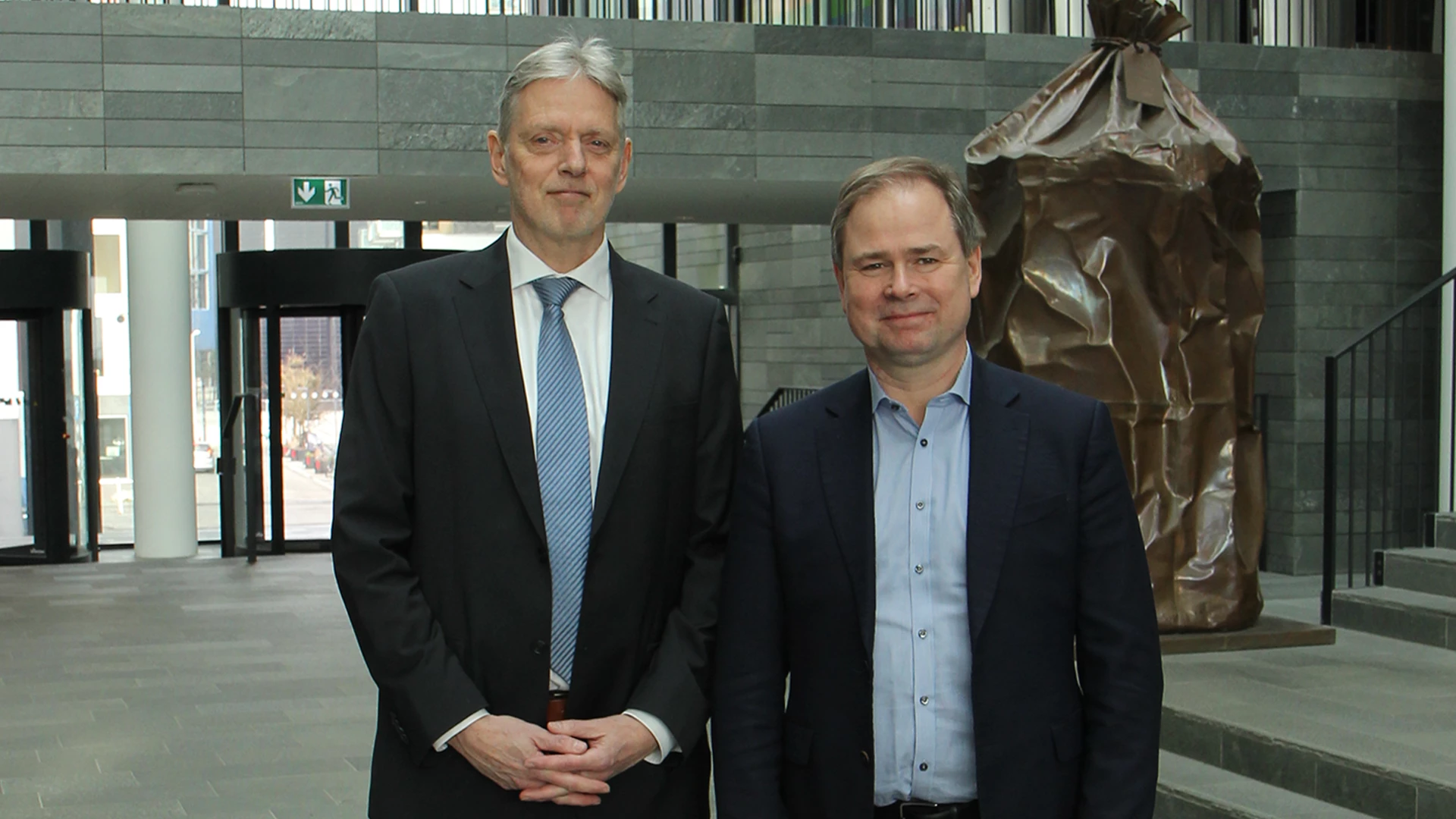A closer look at Denmark’s funding strategy
Kristine Rasmussen, Head of Monetary Policy Implementation and Government Debt at Danmarks Nationalbank, also took the stage to present on Denmark’s funding needs in 2024.
She emphasised Denmark’s sound public finances, low debt and reform-oriented policies – all of which underpin the country’s strong credit rating outlook.
One focus has been to broaden the investor base to ensure a well-functioning government bond market. She noted that the first syndicated transaction in Danish government bonds succeeded in increasing non-resident market participation. The increase in foreign investor participation stems largely from Europe and Asia, driven by long-term investors.
Rasmussen also pointed out how the low financing needs and absence of quantitative tightening in Denmark support a modest supply of government bonds compared to peers. The bond issuance target is set at a level less than 2.5% of GDP.
“So far in 2024, demand has been high and performance strong across tenors relative to peers,” she said.





